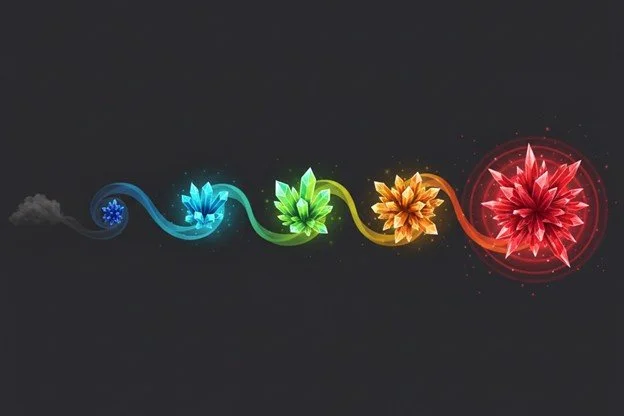What’s the difference between a buyer’s journey, customer journey, marketing funnel, sales funnel, ABM (Account-Based Marketing) Funnel, and a RevOps funnel?
Maybe you know all the jargon, but these concepts are confusing to most people. Different groups normally have conflicting, misaligned definitions of journeys and funnels. Go ahead and ask people on your team or in other parts of the organization – see if you get consistent answers.
Furthermore, the most popular journey model stages of Awareness, Consideration, and Decision or the out-of-the-box stages in common CRM systems are problematic. Beyond being vague, they are not aligned to what real customers or companies are trying to accomplish in their buying and selling activities.
Teams therefore would benefit from understanding their role in helping clueless strangers become first-time customers and ultimately enthusiastic fans of the company’s offering, so much so it’s contagious. Here is a unifying 6-C framework that describes this path from “clueless” to “contagious” in a way that reflects common language, real buying, and real selling.
Warning: Some of these labels are “spicy.” This is because bland frameworks don’t get much attention and somewhere there is an unwritten rule that alliteration makes frameworks better.
1. Clueless This is the beginning stage of unawareness, where every customer started. The customer isn't aware they have a problem or that a solution exists. The company’s job is to spark curiosity about a latent need through appropriate marketing, like thought leadership, education, and outreach.
2. Curious This marks the first engagement with a brand, albeit nascent and fragile. The customer has recognized their pain point or a better future and is beginning to explore it. They are open to learning and looking for information, but they are not diverting large amounts of resources to relieve the pain or realize a better future.
3. Consideration This is the solution investigation stage. The customer understands they have a problem worth solving and is actively researching different ways to solve it. This is where they compare different approaches, technologies, or vendors. Most companies’ marketing materials are overly focused on this stage. All this consideration of case studies, comparison guides, and testimonials ideally leads to comfort and a decision to move to stage 4.
4. Commitment This is where the customer has chosen a path, there is a decision to purchase, and there are actions of commitment. They are comfortable with their choice and are finalizing the transaction with an actual purchase.
5. Consumption Here the purchase is complete, and the customer begins experiencing the offer through onboarding, adoption, and regular usage. The selling company’s focus is on ensuring a successful experience and delivering the expected value from the purchase.
6. Contagious This is the stage everyone wants – where there are loyalty and advocacy. The customer has had a great experience and is now a vocal advocate. They're willing to share their success with others, becoming a powerful referral engine for your business.
Moving as many people as possible through this journey is the basis of any company’s growth and success. The trick is figuring out how the ideal customer moves through this funnel—from clueless to contagious—with the right mix of marketing, sales, product, and supporting operations.
Do you know what’s needed to move your customers through this journey?

